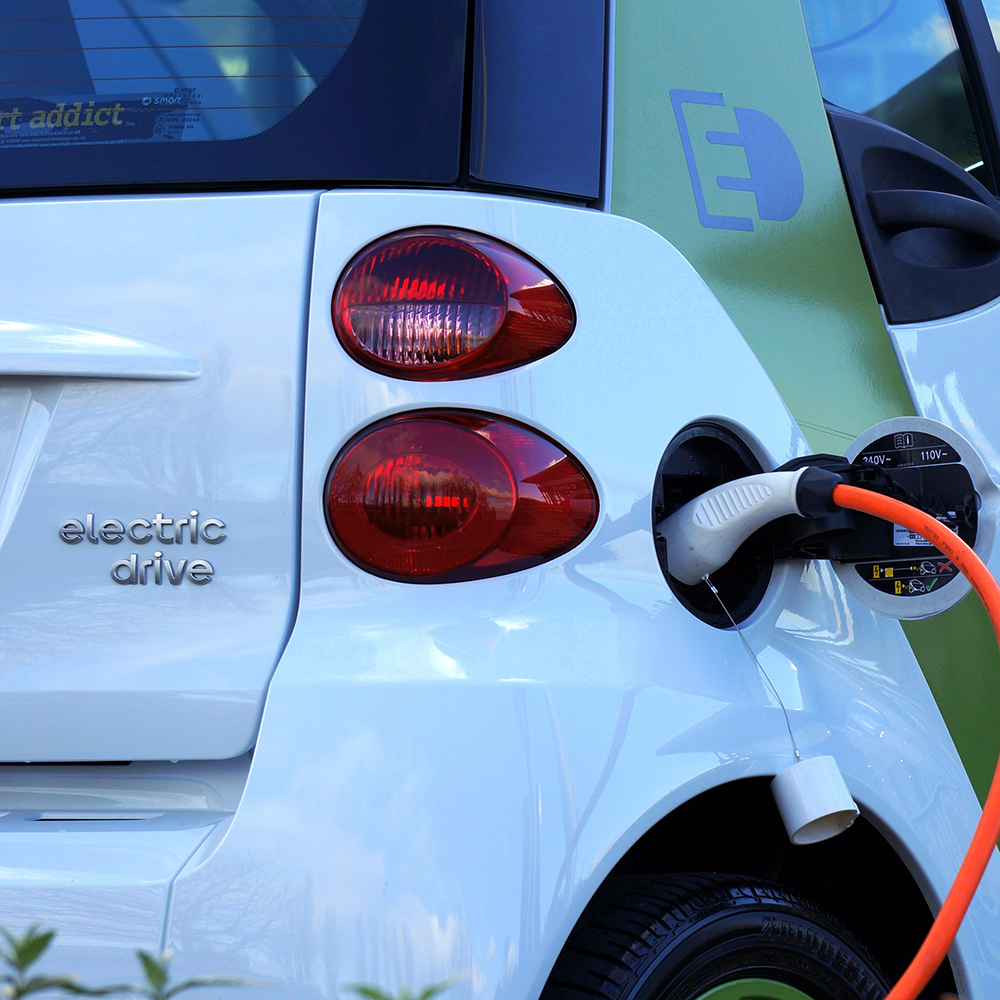As fads go, electric vehicles are probably not best compared to pet rocks. EVs are more useful. Somewhat. But much like sales of pet rocks falling just a few months after booming during the 1975 Christmas season, it seems EVs have reached the peak of their popularity.
More than a third of all EVs sold have been bought in California. There are a little more than a million in this state, about 2 million in all other states combined.
You might be surprised to learn that, according to Automotive News, “EV sales have dropped for two consecutive quarters in California, following a long, seemingly inexorable climb.”
This coincides with the Hertz announcement that it is liquidating 20,000 EVs from its fleet, which followed by only a few months Hertz’s Guide to Electric Vehicles in California, a web page extolling the green virtues of EVs, noting that Californians are “embracing the electric revolution” and enjoying “guilt-free road trips” in battery-powered cars.
The company might want to refresh that page – or delete it altogether.
“When it comes to cars, California has long served as a trendsetter for much of the nation. But has it now become the canary in the coal mine, signaling a warning for the industry?” asks Automotive News.
Naturally, there’s concern that the state won’t meet its 2035 deadline that says only zero-emission vehicles will be allowed for new-car sales. But not everyone is worried. Many have known all along that the target is based on the blind ambitions of policymakers and pressure from eco-agigators.
So what did the skeptics know that much of the public didn’t?
“The most obvious reason for consumer disenchantment is the hassle of charging EVs,” Jason Isaac, founder and CEO of the American Energy Institute and a Texas Public Policy Foundation fellow, recently wrote in The Hill. “Few drivers are willing to plan their lives around finding a charging station and waiting around for their battery to top up.”
EV owners and prospective buyers were braced by a cold reality “during the nation’s recent Arctic blast,” Isaac added, as motorists found that fully charging their cars took longer than usual.
Few in California have to worry about weather-related EV failures. Yet EV owners constantly run into headaches with chargers, and even when they are available and in working condition, many are still tormented by range anxiety.
There are a boatload of other drawbacks, as well.
For one, EVs are becoming more expensive to insure. For full-coverage insurance for a 2023 Tesla Model 3, for instance, is $2,574 per year, according to Nerd Wallet, “almost 45% higher than the national median cost of car insurance.”
Part of this is due to the cars’ sticker price. But the high cost of repair even after minor accidents can’t be overlooked as a significant contributing factor.
Here’s why: If the battery, which can cost as much as $20,000 has to be replaced after sustaining damage, the car can be written off as a total loss.
The public is also becoming more informed about the ecological harm caused by the EV manufacturing process – from the mining of raw materials in nations that have slippery environmental laws and in some cases child and slave labor, to the particulate matter spun off by their tires, which wear down quickly due to the cars’ massive weight.
EVs have also become a hard sell because of their sky-high prices, which is why governments have had to subsidize purchases to spur demand even among the wealthy.
On top of all this, electric vehicles have the potential to crash the power grid. During a hot spell in 2022, the grid operator asked Californians not to charge their EVs during later afternoon and early evening hours because of “supply deficiencies.”
Maybe most damning are the decisions made by EV owners themselves. Roughly half of non-Tesla EV households say they won’t buy another electric vehicle, says S&P Global Mobility.
If California officials are yet nervous about the 2035 deadline, they likely will be soon. Things just aren’t going their way.
Kerry Jackson is the William Clement Fellow in California Reform at the Pacific Research Institute.


